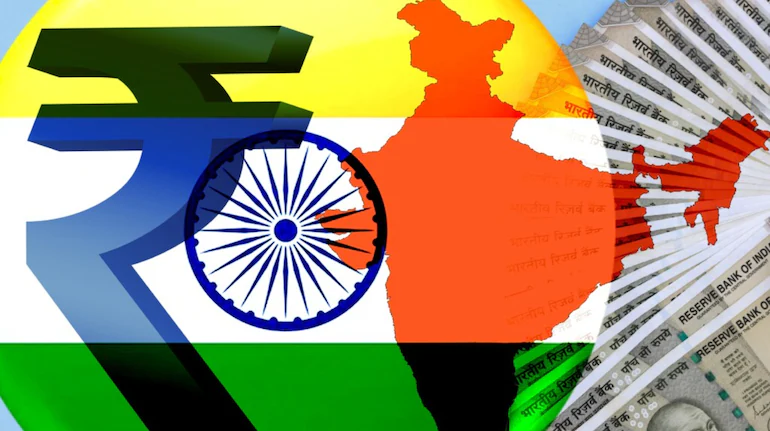New Delhi – In a significant milestone, India has officially surpassed Japan to become the fourth-largest economy in the world. This major development was confirmed by NITI Aayog CEO B.V.R. Subrahmanyam, who cited International Monetary Fund (IMF) data to announce that India’s nominal GDP has crossed $4 trillion, making it a moment of pride amidst a volatile global economic environment.
The Rise of the Indian Economy
Until 2024, India held the position of the fifth-largest economy globally. However, according to the latest figures, only the United States, China, and Germany now stand ahead of India in terms of GDP. Subrahmanyam stated that with sustained efforts and continued policy implementation, India could become the third-largest economy within the next three years.
The timing of this achievement is especially noteworthy. As the world grapples with economic uncertainties, including global tariff wars and geopolitical tensions, India’s economic ascent is being seen as a symbol of resilience and sound fiscal policy.

IMF Forecast Validates India’s Economic Strength
In April 2025, the IMF’s World Economic Outlook projected India’s nominal GDP to reach $4.187 trillion, just edging past Japan’s estimated $4.186 trillion. Japan’s struggling growth rate—forecasted at a mere 0.3%—contrasts starkly with India’s high growth trajectory, bolstered by domestic demand, robust policy initiatives, and a growing middle class.
This shift signifies more than just numerical dominance—it reflects India’s growing global role, economic ambition, and the collective hard work of its citizens.
Strengthening Investor Confidence
India’s economic rise is expected to further boost international investor confidence. On May 26, the Indian rupee appreciated by 40 paise against the US dollar following the announcement. Global financial institutions like the World Bank and IMF have repeatedly highlighted India as one of the world’s fastest-growing economies.
Despite facing challenges like trade tensions and terrorism in the region, India’s assertive diplomacy and economic stability have made it an attractive destination for global capital. The elevation to the fourth spot is not just symbolic—it underscores India’s emergence as a strategic and economic powerhouse.
Developed India @2047 Vision
The NITI Aayog’s ambitious vision document ‘Developed India @2047’ outlines a roadmap for transforming India into a high-income country by the centenary year of independence. The document estimates India’s economy to reach $30 trillion by 2047, with characteristics of a fully developed nation.
The World Bank currently classifies high-income countries as those with a per capita income of $14,005 or more (2024-25 figures). India, though still needing to catch up in per capita income terms, now has the momentum and infrastructure to bridge that gap in the coming decades.
Challenges Ahead and Path Forward
While becoming the fourth-largest economy is a major step, India still has considerable ground to cover in ensuring inclusive growth. Reducing dependency on imports, enhancing social security, and improving infrastructure and education are crucial areas that require continued reform.
Moreover, policymakers must ensure that economic growth translates into real benefits for the country’s underprivileged sections. Only then can India claim not just economic strength, but equitable and sustainable development.
India’s leap to the position of the fourth-largest economy marks a pivotal moment in its development journey. With the right mix of policy execution, global partnerships, and societal progress, the country is well on its way to becoming a true global economic leader by 2047.






